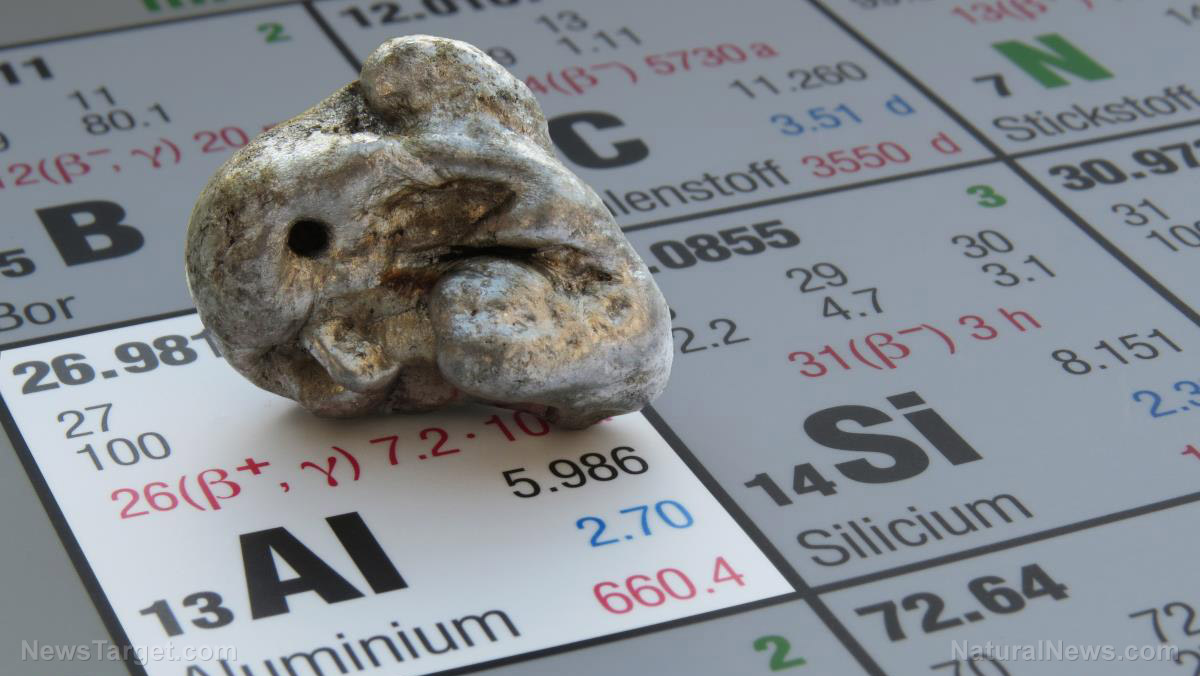Treasury investors are betting that the United States will fall into a recession. The yield curve inversion suggests that there is a high chance of an economic downturn soon.
Known as an inverted yield curve, it is most commonly measured as the difference between the two- and 10-year Treasury yields, it has preceded every recession in the past five decades. On Wednesday the yields were 4.74 per cent for the two-year Treasury and 3.78 per cent for the 10-year.
Investors in the Treasury bond market are betting that the Federal Reserve’s interest rate hikes will drive the US economy into recession, even as stocks rally and analysts suggest the odds of such an outcome are shrinking.
Short-term US government borrowing costs exceeded their long-term equivalents by the widest margin in three months on Wednesday, and the gap is fast approaching the 42-year record hit during the regional banking crisis in March. -Financial Times
“Bad things happen when the yield curve is inverted,” said Mike Cudzil, a portfolio manager at Pimco. “With very inverted yield curves, you tend to see a slowdown in credit creation. This is one reason why a shallow recession by the end of this year, or beginning of next year, is our base case scenario.”
According to a report by Yahoo Finance, bond investors’ concern over a potential US recession deepened after Federal Reserve Chair Jerome Powell signaled policymakers may keep pushing interest rates higher.
The impact of Powell’s testimony may have been exacerbated by faster-than-expected UK inflation data that added to speculation the Bank of England will increase the pace of its tightening when it meets Thursday. A number of developed central banks turned more hawkish this month on concern inflation is staying too high for too long. –Yahoo Finance
“The UK is sending the signal that it’s too early to make the call that central-bank rate hikes have been enough to keep the inflation genie in the bottle,” said Prashant Newnaha, a rates strategist at TD Securities Inc. in Singapore. “In the battle of growth versus inflation, inflation wins hands down, meaning that central banks are likely to risk a severe downturn to win the inflation battle.”
11 Signs Our Economic Problems Are Accelerating A Lot Faster Than Most People Were Anticipating
The inversion of the two-10 spread had widened to 111 basis points on March 8, the most since the 1980s, before narrowing later that month as the collapse of several US regional lenders fueled concern a potential banking crisis would convince the Fed to start cutting rates.
New Banking Crisis: Regional Banks Try To Unload Commercial Real Estate Loans
Prepare For The New System: A “Crisis of Epic Proportions” Is Coming











0 Comments